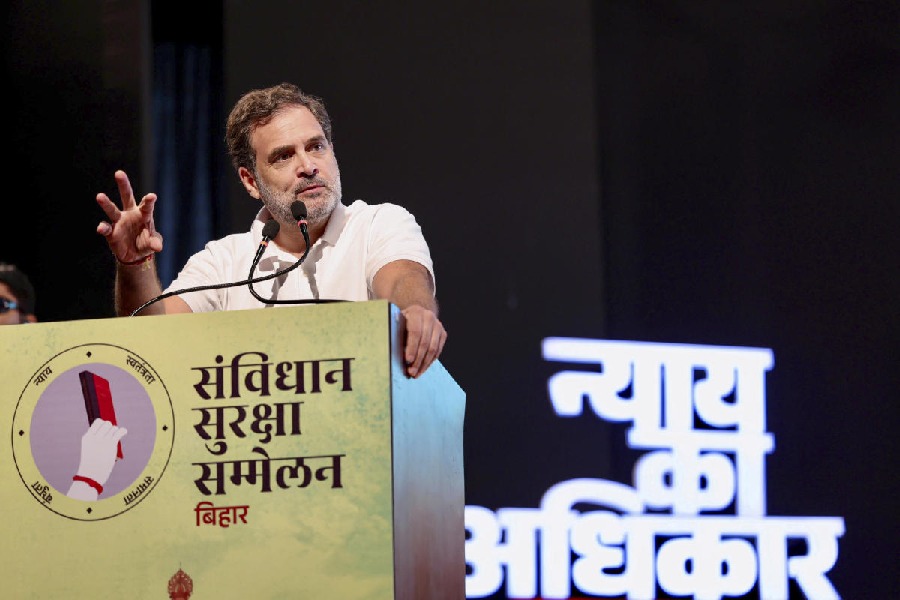 |
Patna, April 6: Stung by the sharp decline in the child gender ratio in Bihar, chief minister Nitish Kumar will hold a high level meeting with the Health Mission which is scheduled to discuss the issue apart from other matters related to social health.
The Health Mission, which was constituted during NDA I, is headed by the chief minister and comprises five other ministers, senior secretaries and experts. “The Mission is sitting tomorrow to find out the reason for the declining child gender and men-women ratio and find out the corrective measures,” deputy chief minister Sushil Kumar Modi, who is also a member of the Health Mission, said.
The provisional statistics of Census 2011 says the girl child ratio has declined from 927 females against 1,000 males in 2001 to 914 in 2011. Relatively, Bihar is still better off in terms of the national ratio, but it has still registered a downward trend — the ratio in the state has slipped from 942 to 933.
“It is not a reason for us to rejoice that Bihar’s child sex ratio is better in the context of the national ratio. We take the decline in the ratio from 942 to 933 as a matter of grave concern. We have a task at hand to find out the ways to reverse the trend,” Modi said.
Bihar’s overall sex ratio has declined to 916 females per 1,000 males against 921 in 2001. The country’s overall sex ratio has gone up to 940:1,000 against 933:1,000 in 2001.
Experts described the decline as a phenomenon more pronounced in the state’s urban areas. Shakeel, a social activist and doctor by profession, said: “In large parts of India, the male offspring is preferred over girls for a variety of reasons — social, religious and conventional. Moreover, the prevalence of the dowry system in Bihar and several other northern Indian states in spite of a slew of laws formulated against it leads the people to prefer a male child over a girl.”
But in Bihar it might be more an urban phenomena, Shakeel said. “Only places like Patna or a few developed district headquarters have facilities for ultra-sonography which can decipher the sex of the foetus,” he said.
The census report for Bihar, which is still awaited, will shed some light on whether the declining child sex ratio is across the board or confined to urban areas only.
The decline has come at a time when the government has initiated several measures guaranteeing security to girl children and empowering women. The Mukhyamantri Kanya Suraksha Yojna (scheme to provide security to girls) and the schemes for providing bicycles to girl students, free vocational training to Muslim girls and giving them the required apparatus are among the measures the Nitish government has taken in the state’s hinterlands.











